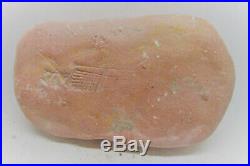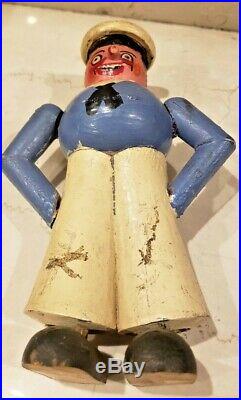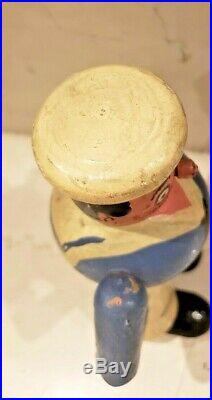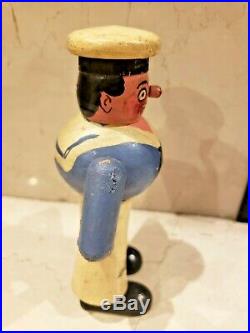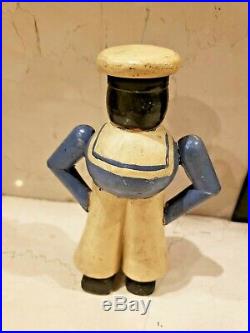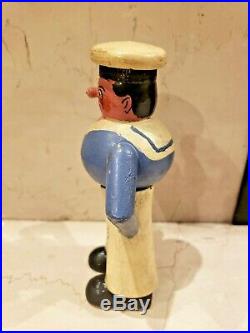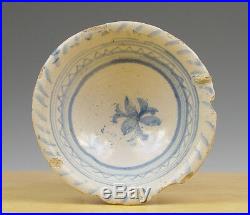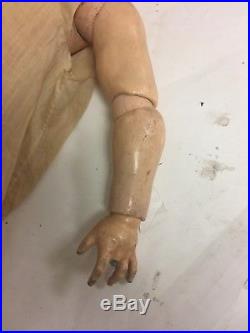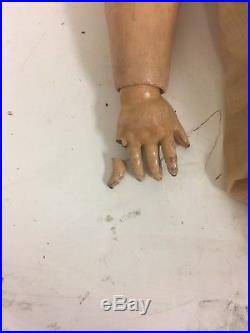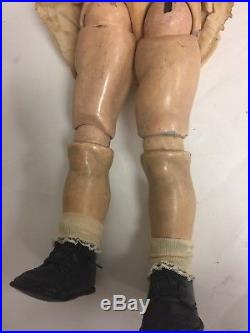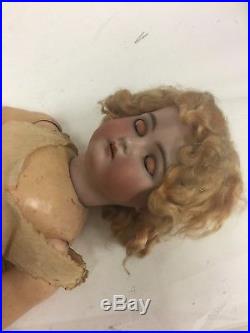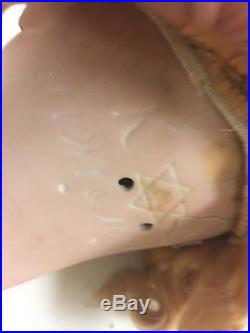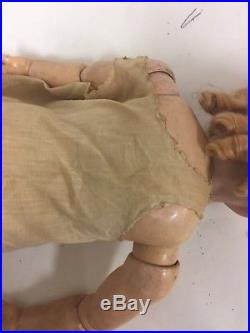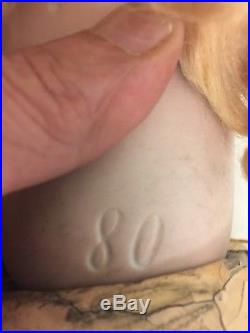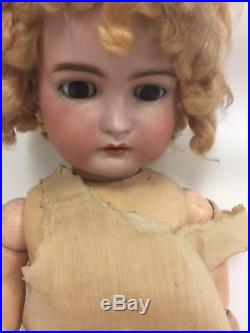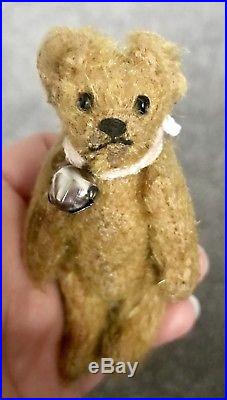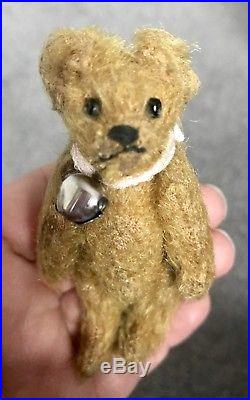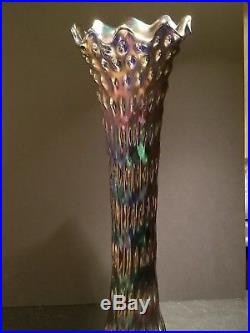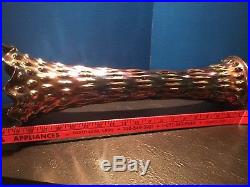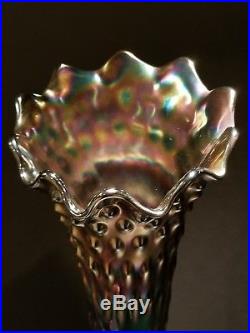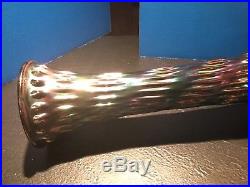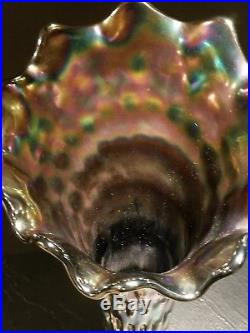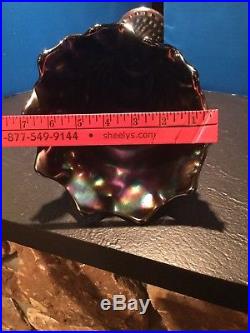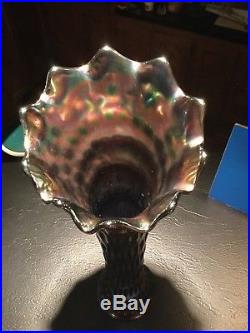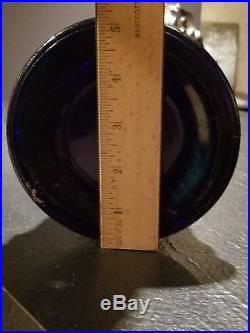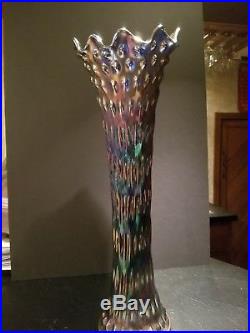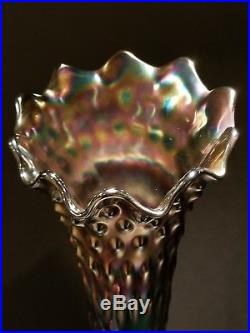Posted by admin On December 17, 2018







VOLLAND – RAGGEDY ANN AND ANDY DOLLS, CIRCA 1920 – 1926 (VERY RARE). Wonderful and so Very Hard to find! Here we have both Raggedy Ann and her Brother Raggedy Andy. Both are very early versions, produced by the P. They are in exceptional condition, both with whimsical smiles. Striped red and white sock legs. And wearing their original clothes. Raggedy Ann still has the blush on her cheeks, and a cardboard heart (found only in the early Raggedy Ann dolls). Raggedy Ann measures about 15″ tall, and Andy is about 16″ tall. While researching the twosome, I found this lovely HISTORY OF RAGGEDY ANNE online. Raggedy Ann was created by the talented author and illustrator Johnny Gruelle. She began as a family rag; an old toy, faded and worn, tossed into an attic. And there, the legend goes, a little girl named Marcella found her one wet and rainy day. Her father Johnny Gruelle, saw infinite possibilities in that old plaything, so he repaired her and gave her a name. With her shoe-button eyes and winsome smile, Raggedy Ann soon became the beloved playmate of Gruelle’s young daughter, Marcella. When Marcella Gruelle fell ill and died in her early teens, Johnny was devastated. But knowing how much his daughter had adored Raggedy Ann, he began writing the stories that were eventually published. Gruelle soon gave Raggedy Ann a brother named Andy, and through the years the two floppy rag dolls acquired many other wonderful story book friends – all inhabitants of a very special world, where dolls come alive and enjoy magical adventures when no mortals are present. Please see the other fine vintage toys I have listed. The item “VERY RARE ANTIQUE TOY P. F. VOLLAND RAGGEDY ANN & ANDY DOLLS CIRCA EARLY 1920’S” is in sale since Sunday, December 16, 2018. This item is in the category “Dolls & Bears\Dolls\By Brand, Company, Character\Raggedy Ann & Andy\Vintage (Pre-1970)”. The seller is “oldtoydetective” and is located in Batavia, Illinois. This item can be shipped worldwide.
- Brand: P.F. Volland
- Type: Doll
- Features: Antique











